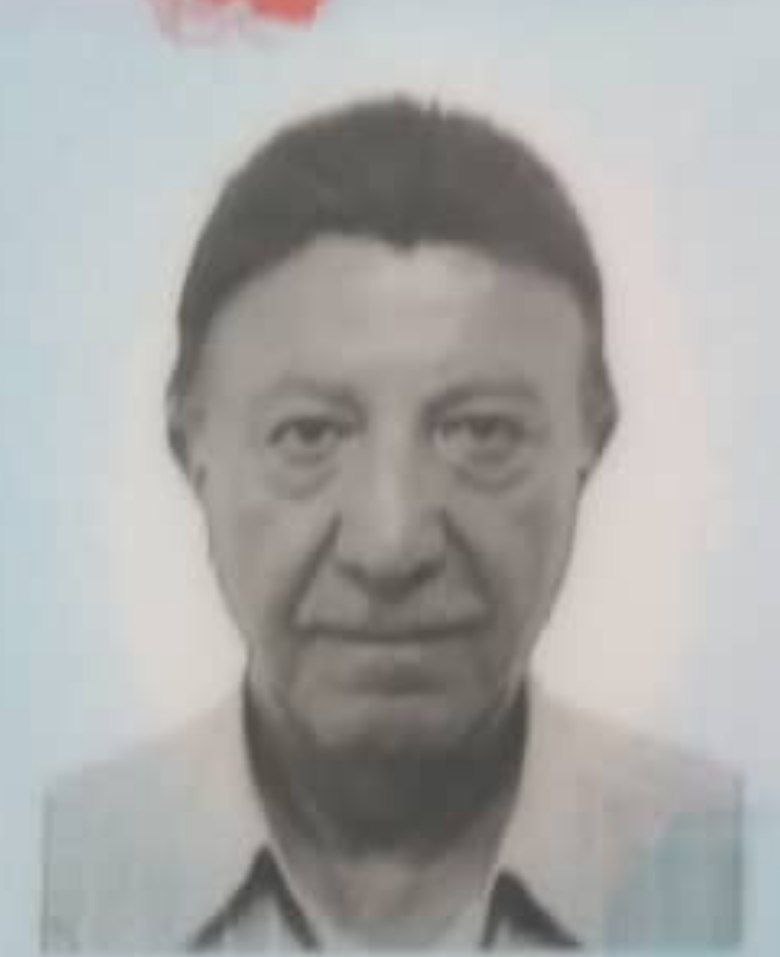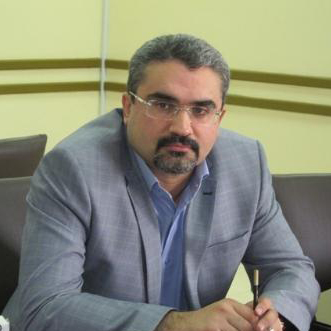Self-Efficacy of Withdrawal in Men with Substance Abuse Disorder Under Maintenance Treatment: A Comparison of Two Cognitive-Behavioral Treatment Approaches Based on the Marlatt Model and Transcranial Electrical Stimulation
Keywords:
Abstinence self-efficacy, cognitive-behavioural therapy, Marlatt's model, transcranial electrical stimulation, substance use disorder, methadoneAbstract
Background and Objective: Substance use disorders, particularly opiate addiction, pose significant challenges for individuals and public health systems. The objective of this study was to compare the effectiveness of two therapeutic approaches, Cognitive-Behavioural Therapy based on Marlatt's Model (CBTMM) and transcranial Direct Current Stimulation (tDCS), on abstinence self-efficacy in men with opiate use disorder under methadone maintenance treatment.
Methods and Materials: This study was a randomized controlled trial including 60 men with opiate use disorder under methadone maintenance treatment. Participants were randomly assigned to three groups of 20 each (CBTMM, tDCS, and control). The interventions consisted of 12 weekly sessions of 75 minutes each. Data were collected at three time points (pre-test, post-test, and two-month follow-up) using the Abstinence Self-Efficacy Questionnaire and analysed using repeated measures ANOVA and Bonferroni post-hoc tests.
Findings: The results indicated that both CBTMM and tDCS significantly increased abstinence self-efficacy compared to the control group. The mean abstinence self-efficacy score in the CBTMM group increased from 44.60 (SD = 7.64) at pre-test to 58.80 (SD = 8.98) at post-test and further to 61.85 (SD = 8.48) at follow-up. Significant improvement was also observed in the tDCS group, although to a lesser extent than in the CBTMM group.
Conclusion: The findings of this study demonstrate that both CBTMM and tDCS are effective in improving abstinence self-efficacy, with CBTMM showing greater efficacy.



























